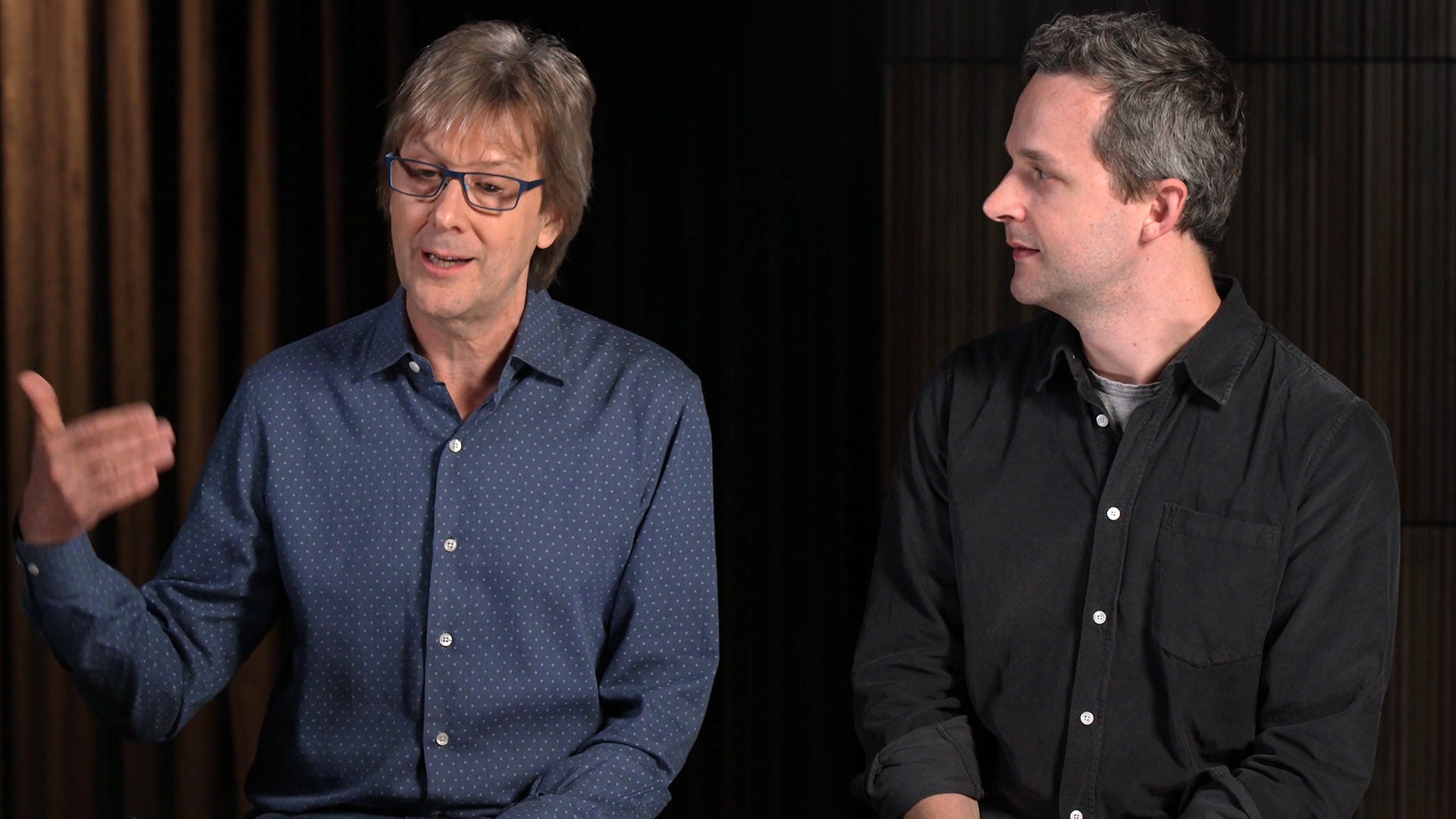Sony’s PlayStation 5 Pro is a powerful mid-generation upgrade that delivers machine learning upscaling, improved ray tracing and more raw graphics horsepower. We’ve spent hours testing and discussing its capabilities, but it’s always fascinating to see the other side: how it was built and how its software was designed. With that in mind, Digital Foundry’s Oliver Mackenzie spoke to PS5 Pro lead system architect Mark Cerny and core technology director at Insomniac Games, Mike Fitzgerald.
This tech interview covers a lot of ground through its 30-minute runtime, including the challenges and opportunities of PSSR upscaling, the thinking behind the hardware design of the new console and how developers have approached the new options – and performance – afforded to them. This piece arrives hand in glove with a deep dive presentation into the architecture of PS5 Pro with the interview taking place on October 30th, so while the topics covered are very extensive, elements like the variable nature of PSSR implementations across different titles weren’t apparent at the time of the conversation.
The discussion also touches on where Sony is looking to go in the future. As Rich postulated in his PS5 Pro review, as well as being a powerful machine in the here and now, this console is also a great opportunity for Sony and game developers alike to get to grips with the RT and ML tech that will define the next generation of games – and that’s echoed in the conversation here. If you’re looking for some hints as to the direction Sony is taking in PlayStation 6, there’s plenty to think about in this piece. As always, the text has been lightly edited for length and clarity.
Digital Foundry: I wanted to start off here by talking about PSSR, PlayStation Spectral Super Resolution. There has been a little bit of a difference in terms of approach between developers like Naughty Dog and Square Enix in terms of the modes that they’re offering. Some studios are focusing on offering many modes, while others are using PSSR as an opportunity to homogenise their existing modes into one ultimate PS5 Pro experience. Do you have any preference for either of these approaches?
Mark Cerny: My preference is that the game developers do what they feel is best for their titles, so this is really a question for Mike.
Mike Fitzgerald: When we make a game and we work as a whole studio and team on delivering it, we’re making some really tough trade-offs between what we want to present at a higher frame rate and what we can present at 30fps. The nice thing about being approached with new hardware is that suddenly those compromises we made while shipping the game go away. We’re able to bring together a lot of what made the fidelity mode the fidelity mode and what made the performance mode the performance mode on the PS5 Pro. After spending some time doing that and having a really nice performance pro mode together, attention starts to turn to, well, maybe some people still want to play at 30fps and we do have this nice new piece of hardware, so what other fun things can we do with it?
Digital Foundry: Yeah, it does depend a lot on the game. For the Insomniac games on PS5, you have so much RT in there that you can pack in all kinds of different configurations. Whereas I think a lot of other developers are going to be in a position where they can now deliver a good 4K image at 60fps, so maybe that’s the way to go with one mode.
Mark Cerny: Yeah. I knew there would be a lot of different strategies. I was upfront about this in that first video I did, with six games that were shown and the first three do the “almighty” mode and the other three titles do something completely different.
Digital Foundry: We’ve seen from developers that there have been a wide range of upscaling factors that are going into this PSSR process. We’ve seen in a title like Alan Wake 2 that’s doing 864p to 4K, while in the Insomniac titles it’s more often scaling from 1440p or 1584p to 4K. Does the Sony team provide guidance with regards to those upscale factors, or is it just recommended that developers roll their own and see what kind of image quality you get?
Mark Cerny: I’ll talk a little bit about the tech we’re developing and then Mike can talk about how they’re using it. There’s a lot of research going on there. We support one mode that covers a range of 2.5:1 to 1:1. And whether that’s an ideal long-term strategy or not, we’re definitely talking about it. We’re looking at the low end of the range and the issues we see there versus the high end of the range. So I really wouldn’t take that current 2.5:1 as any sort of indication about where we’ll be years from now.
